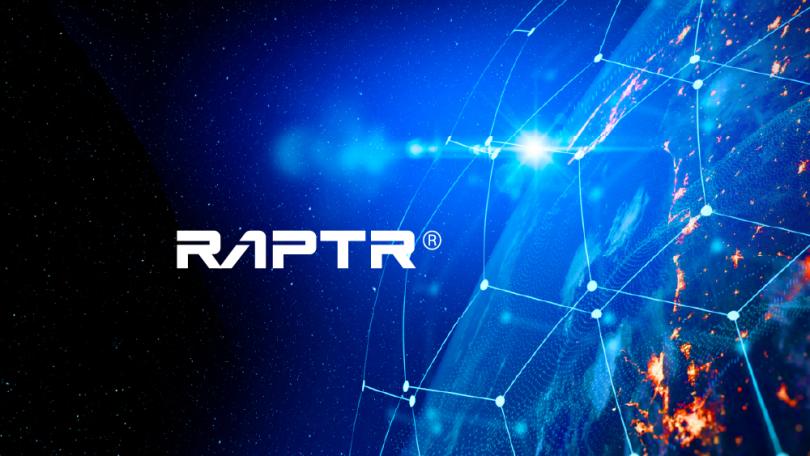

More than half (53%) of healthcare provider directory entries are wrong. That means more than half of the time, patients, payers, and care teams are working off wrong, fragmented, or outdated data. These gaps not only delay critical care, they’re costly and, as the price of healthcare rises, that’s a crisis unto itself. Each year, CMS invests nearly $29M in provider data systems like PECOS and NPPES, while the healthcare system spends $2.76B in record maintenance and remediation.
It’s clear why the Centers for Medicare and Medicaid Services (CMS) has made it a top priority to establish a nation-wide, interoperable healthcare directory—starting with provider information. Even as data has rapidly become the backbone of a smart, responsive healthcare system for the American people, we’ve tolerated a patchwork of siloed directories, redundant systems, and manual updates—“death by a thousand clicks” for providers and administrators.
But, setting aside the dollar amounts, the true bottom line is that you can’t accomplish your mission if you can’t trust your data, and if our mission is to make America healthier (while reducing costs), then we need to invest in data accuracy.
Care access and delivery succeed or fail based on the data behind them. A single source of truth (SSoT) is needed to gather and harness accurate, up-to-date data while meeting both data security requirements and the needs of a growing number of end users. Automation can help validate data and cut down on time spent trying (and sometimes failing) to update information; a secure, interoperable, FHIR-based directory could facilitate streamlined exchange of up-to-date information and cut provider record update times by 70%—while improving accuracy. If that sounds like a big deal, it is, but the good news is it’s entirely achievable. CMS has recognized it with its call for the creation of a national provider directory. The tools already exist. So, what will it take?
- Interoperability. Establishing an SSoT isn’t as simple as just adding another platform to which all other systems and users must bend the knee. It’s about harmonizing and leveraging the systems and data used across the public and private sectors, at the federal and state levels, and relied upon by patients, providers, and payers alike. These include the NPPES, enrollment management systems like PECOS, state licensing boards, insurance network rosters, and credentialing databases. An effective solution will integrate and validate existing data sources using FHIR-based exchange, tapping into the latest-and-greatest information while—critically—saving providers from redundant, manual, time- and cost-intensive data submission and management.
- Validation. By focusing on data accuracy rather than a predetermined architecture, and building automated validation checks throughout the system, we can ensure we’re following the proper north star. Once systems are united and data deconflicted, AI models can continuously cleanse, monitor, and validate that data across systems, while providing automated prompts based on predictive analysis for when new data might be needed. In addition to ensuring routine provider information is accurate and providing an opportunity to automate an initial level of fraud detection, automating validation tasks will relieve a significant and costly burden on providers.
- Scalability. Having eliminated silos by casting a wider, more inclusive net across data sources, shared development and interoperability standards will enable continuous, accurate data collection moving forward. As new players enter the healthcare space and patient, government, and industry needs change, a national provider directory will have to be responsive and adaptable in order to meet those evolving needs, including gathering, scrubbing, and protecting new data sets from new users.
- Feedback. Implementers must understand the needs of all system users—from healthcare providers inputting and maintaining data, to patients relying on the accuracy of that system to make informed decisions, to the government agencies and other payers interacting with both parties. A national provider directory will need to adapt to input from providers, open APIs, and end users to ensure the right data is collected and shared, in a manner that promotes participation from—and results in accurate information for—both sides of the pipeline. If the directory isn’t functional for end users, it will fail, no matter the technical architecture under the hood.
Bottom line: We can leverage existing solutions to improve the accuracy of our health directories and, as a result, save billions in time, cost, and waste for participants throughout the American healthcare system. We can build responsive, interoperable, and scalable systems to move from a world where medical provider directories are a compliance burden to one where they become a strategic asset, leveraging trusted data for care coordination, fraud detection, and public health reporting. A national provider directory can deliver on this bold promise, but only when every system is aimed at the same target: uncompromising data accuracy.





